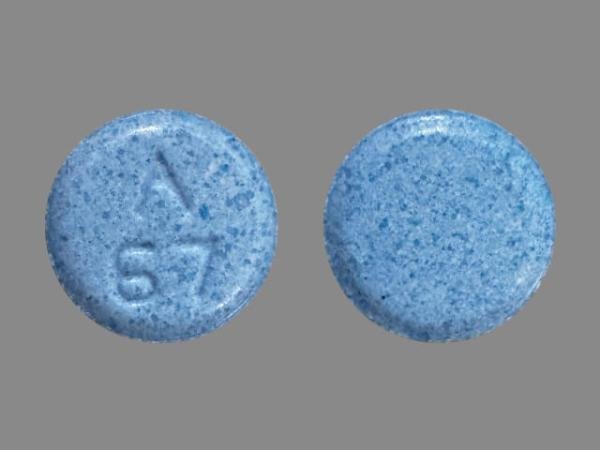Clonazepam and Alcohol/Food Interactions
There are 2 alcohol/food/lifestyle interactions with clonazepam.
Clonazepam Alcohol (Ethanol)
Moderate Drug Interaction
Using clonazePAM together with ethanol (alcohol) can increase nervous system side effects such as dizziness, drowsiness, and difficulty concentrating. Some people may also experience impairment in thinking and judgment. You should avoid or limit the use of alcohol while being treated with clonazePAM. Do not use more than the recommended dose of clonazePAM, and avoid activities requiring mental alertness such as driving or operating hazardous machinery until you know how the medication affects you. It is important to tell your doctor about all other medications you use, including vitamins and herbs. Do not stop using any medication without first talking to your doctor.
Switch to professional interaction data
Clonazepam Obesity
Moderate Potential Hazard, Moderate plausibility
benzodiazepines - obesity
The plasma half-lives of benzodiazepines may be prolonged in obese patients, presumably due to increased distribution into fat. Marked increases in distribution (> 100%) have been reported for diazepam and midazolam, and moderate increases (25% to 100%) for alprazolam, lorazepam, and oxazepam. Therapy with benzodiazepines should be administered cautiously in obese patients, with careful monitoring of CNS status. Longer dosing intervals may be appropriate. When dosing by weight, loading doses should be based on actual body weight, while maintenance dose should be based on ideal body weight to avoid toxicity.
Switch to professional interaction data
Clonazepam drug interactions
There are 535 drug interactions with clonazepam.
Clonazepam disease interactions
There are 10 disease interactions with clonazepam which include:
- acute alcohol intoxication
- closed-angle glaucoma
- drug dependence
- respiratory depression
- seizures
- renal/liver disease
- suicidal tendency
- depression
- obesity
- paradoxical reactions
More about clonazepam
- clonazepam consumer information
- Check interactions
- Compare alternatives
- Pricing & coupons
- Reviews (2,200)
- Drug images
- Latest FDA alerts (3)
- Side effects
- Dosage information
- Patient tips
- During pregnancy
- Support group
- Drug class: benzodiazepine anticonvulsants
- Breastfeeding
- En español
Related treatment guides
Drug Interaction Classification
| Highly clinically significant. Avoid combinations; the risk of the interaction outweighs the benefit. | |
| Moderately clinically significant. Usually avoid combinations; use it only under special circumstances. | |
| Minimally clinically significant. Minimize risk; assess risk and consider an alternative drug, take steps to circumvent the interaction risk and/or institute a monitoring plan. | |
| No interaction information available. |
See also:
Further information
Always consult your healthcare provider to ensure the information displayed on this page applies to your personal circumstances.


